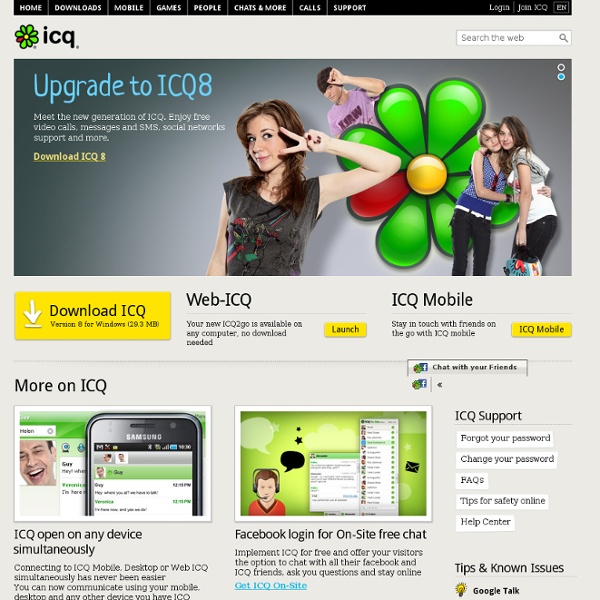



Second Life Official Site - Virtual Worlds, Avatars, Free 3D Chat Instant Messaging in On-Site and Online Classes in Higher Education (EDUCAUSE Quarterly Instant Messaging in On-Site and Online Classes in Higher Education A study of student IM usage reveals many advantages and some obstacles to using IM as a classroom communication tool By Wooseob Jeong In the past, instant messaging (IM) was considered "a teen thing"1 rather than a serious tool for education. As teenagers who rely on IM as a communication tool arrive on college campuses, however, IM usage will become more prevalent in higher education. IM has generated increasing awareness of its value for educational purposes despite its slow adoption in educational settings. Schools can use IM for emergency communication needs, as well. Research on IM in educational settings is growing. This article presents my findings from a study of IM use in both local and distance courses, focusing on student-instructor interactions.7 Surveyed students appreciated not having to wait for answers to questions and the more informal context of IM conversations. Purpose of the Study Research Method
Skype简体中文版官方网站-最清晰的免费网络电话 Skyrock.com List of services supported and their interoperability - Adium Documentation No service can talk to all services. This means in order to talk to contact X, you must have an account on the same service as contact X, or on any compatible service. If you have an account on AIM, ICQ, or MobileMe, you can chat with anybody who uses AIM, ICQ, MobileMe, or SMS. If you have an account on XMPP ("Jabber"), Google Talk or LiveJournal, you can chat with anybody who uses XMPP ("Jabber"), Google Talk or LiveJournal. In the official clients, MSN users can chat with Yahoo! users but this is not yet supported by Adium. XMPP transports Some XMPP ("Jabber") servers (mostly private ones) allow chats with proprietary services such as AIM, MSN, and Yahoo!
Web 2.0 | Business Directory | Groups | Alumni | Jobs | Professional Network The professional network | XING Peer-to-Peer Learning Handbook | Peeragogy.org S.I.A.R. - Peeragogy